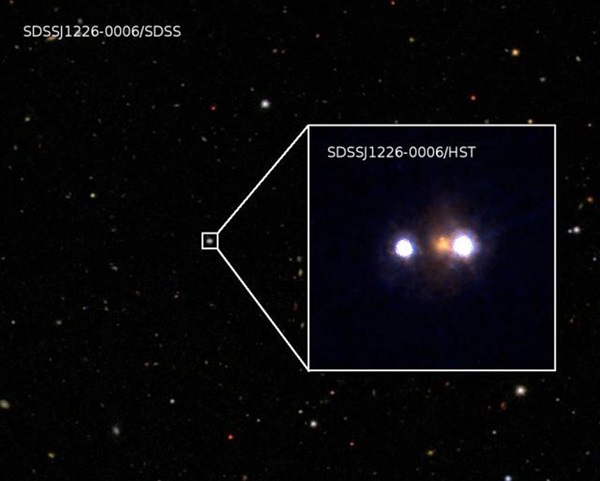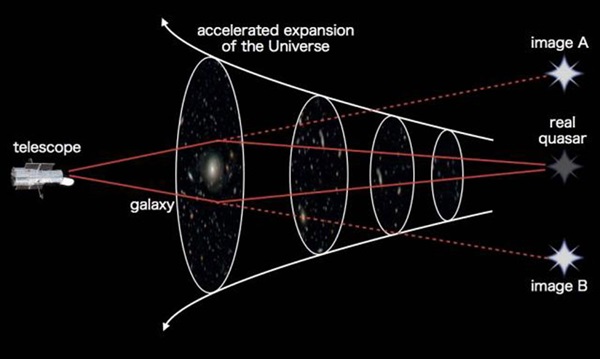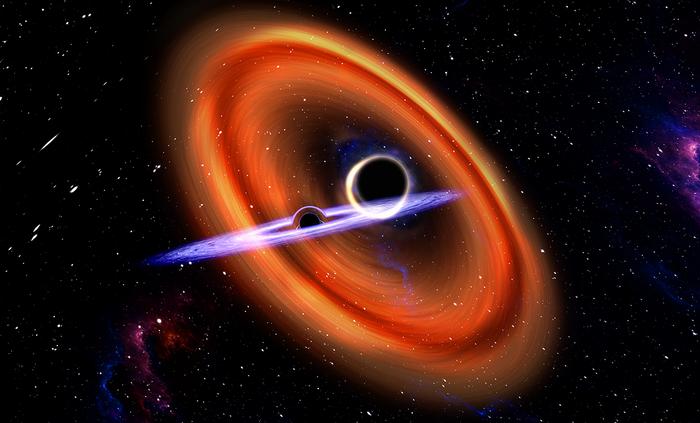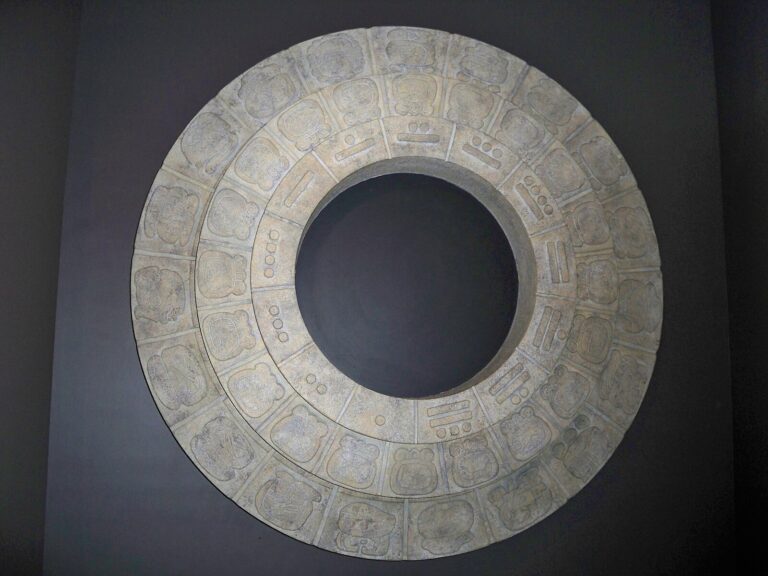Key Takeaways:
An international team of researchers led by Masamune Oguri and Naohisa Inada from the Nara National College of Technology in Japan conducted a large survey to search for gravitationally lensed quasars in the massive data sets of the Sloan Digital Sky Survey (SDSS). During almost 10 years of careful examinations of 100,000 quasars, the team successfully discovered nearly 50 new gravitationally lensed quasars in total, significantly increasing a sample of cosmic mirages.
The frequency of gravitational lensing, which can be measured by counting the number of gravitationally lensed quasars within a given quasar catalog, allows one to infer the expansion speed of the universe because the accelerated expansion increases the distance to each quasar and, therefore, enhances the chance of gravitational lensing.
The team measured the probability of gravitational lensing among distant quasars to be about 0.05 percent, which was then compared with detailed theoretical calculations to extract information on the expansion history. The result indicates that the expansion of the universe is indeed accelerating, which suggests that the universe must be filled with a mysterious energy component called dark energy.
Careful comparisons with other cosmological observations led to the conclusion that dark energy behaves almost like Einstein’s cosmological constant. “Statistical methods on gravitationally lensed quasars have been known to be sensitive to the expansion history of the universe,” Masashi Chiba from Tohoku University said, “therefore actively studied by Japanese researchers in the 1990s. Observations of gravitational lensing at that time already hinted at the presence of dark energy, but both due to the small sample size and large uncertainty in the theoretical modeling of lensing rates, the result was not widely accepted. This research conducted an enormous survey of gravitationally lensed quasars and adopted much more sophisticated theoretical calculations to build a very convincing case for the accelerated cosmic expansion.”
“Studies of dark energy — cosmological constant — were popular in Japan already in the early 1990s, largely because of pioneering work by Fukugita,” said Yasushi Suto from the University of Tokyo. “This survey of gravitationally lensed quasars was initiated and organized by Oguri and Inada, who were graduate students when the survey started, within the large international SDSS collaboration, and they led the team to success. This result is important in that it confirms the presence of dark energy independently from the observation of supernovae.”
Detailed properties of dark energy are planned to be explored in the SuMIRe project, an international survey project led by Kavli IPMU using the Subaru Telescope. “This result demonstrates that Japanese theoretical and observational cosmologists will play an essential role in the SuMIRe project,” Suto said.
“This result creates big momentum for the survey of the cosmic dark energy by the SuMIRe project,” Chiba said.











